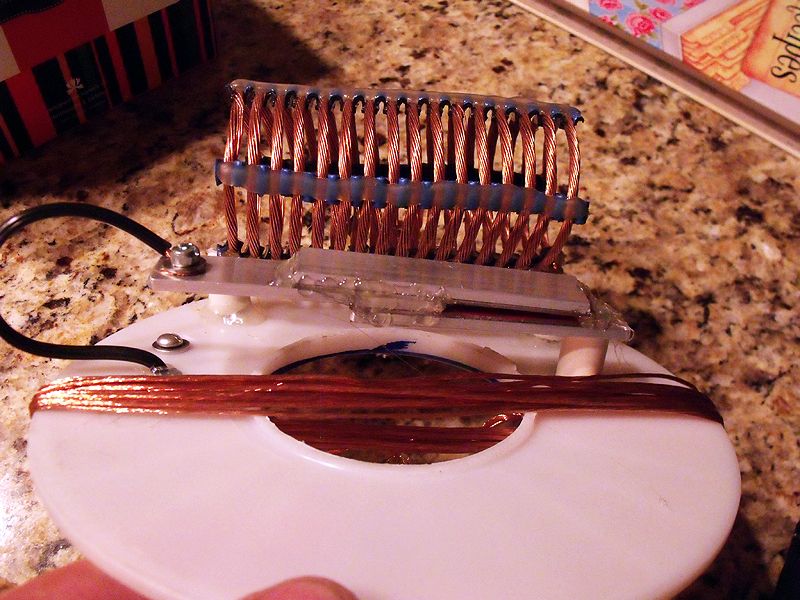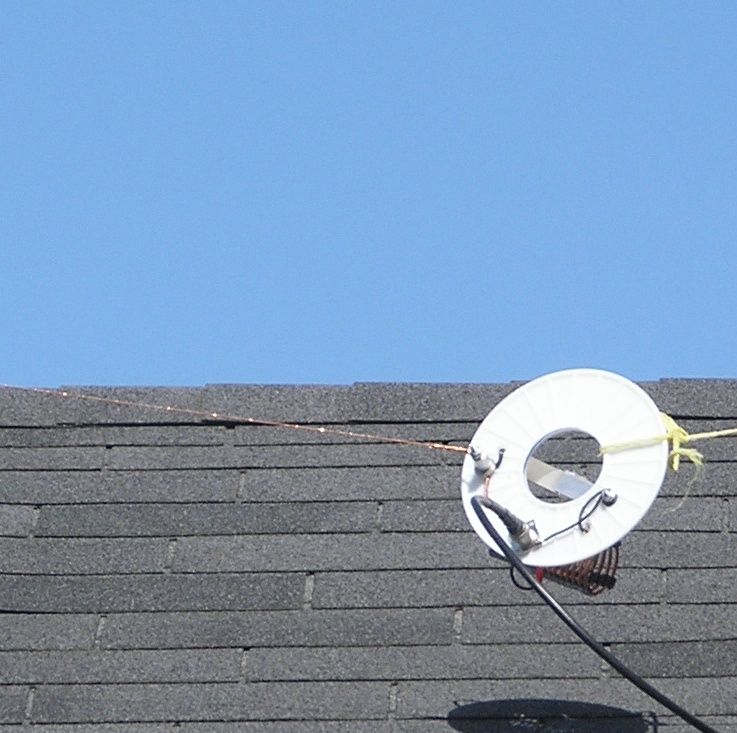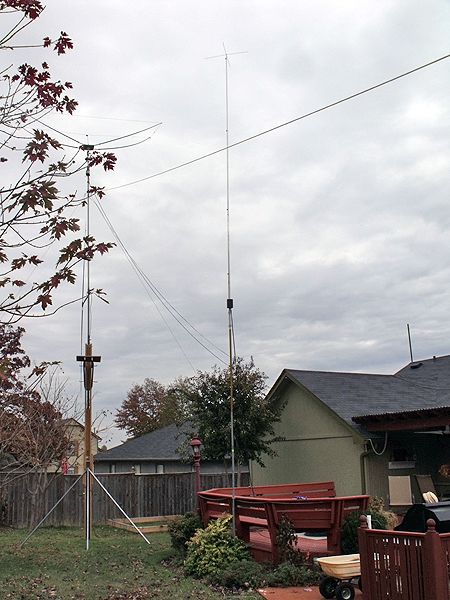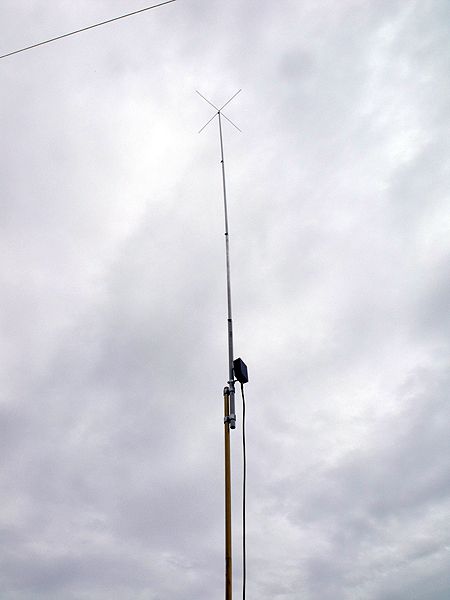Marconi,
here are my thoughts on the 21' and 37' readings from the shack, everything else between the two readings unchanged. I speculate that the counterpoise is indeed effective on the halfwave if for no other reason but to decouple it from earth, and if so it would reduce losses to ground sometimes associated with a lack of artificial counterpoise. I think that the virtual sameness in the measurements indicates the effectiveness of the GP. So, end fed half wave antennas may very well benefit from a counterpoise/groundplane . . .
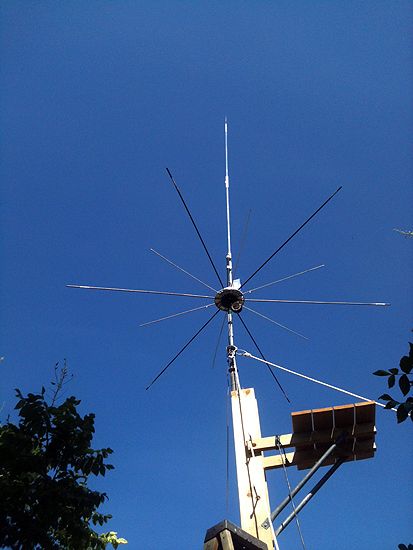
I agree with your decoupling idea. I made a similar claim using my Eznec models, but those results were so minimal, as to likely be unnecessary. That is, unless maybe the setup was bad with TVI from mast radiation, and needed a bit more decoupling.
What do you see significant between 21' and 37' feet that leads you to your conclusion? You might disagree, but we both see similar results from your meter, but IMO that might suggest that the radials are not effective, just as well. You use the words, "artificial counterpoise" to. What does that mean?
With one exception, I think we both see very little effects, one way or another, in the match with/without radials. So, I think the only way to really tell if adding radials, makes any detectable difference is with real world performance and comparing. Are you taking any time to do and record signal reports?
The exception is, you said you were going to test by removing the radials, and that it only took just a minute or two. Have you done that since you changed the matching device?
Maybe I should reiterate, I don't think I've said an EFHW doesn't need a counterpoise of some sort in order to provide the necessary return currents. My idea is based on what Yates reported, saying the only counterpoise necessary to provide return currents...was much smaller, at .05 wavelength, than the more common idea of using full 1/4 wavelength radials near the feed point on an EFHW.
I always put it another way, without really knowing why or being able to prove the idea. It seemed to me that radials, located at the voltage node end of a 1/2 wave radiator, were not close enough to a current field to be effective for work, and thus were basically ineffective. Additionally, this is probably why I saw little to no difference on my A99 with or without radials, and arguably I'm not alone in that finding.
So, I think you should test without radials again, since you changed the matching device, if you really want to make a good comparison.
As a side note, I've had the notion that maybe this new matcher is not as effective as the older model for some reason. However, comparing that data from afar is difficult, so I'm not sure. I just had that thought at some point in the last few days analyzing your reports and since you first added the 12 radials and changed the matcher at the same time.
I think you are also seeing in your report similar trends as I have. The bandwidth and the SWR getting better with the longer feed line vs. your meter at the feed point or using a short jumper. I also note not seeing the value of X=0 over such a broad bandwidth now. Do you attribute that to getting the radials good and tight or is it that you're just recording less data points.
Regarding your comments about the repairs you made; if I found my radials loose like you describe, my experience would suggest to me I was likely to be seeing a lot of TVI/RFI interference as well. Did you notice anything before you made repairs?

